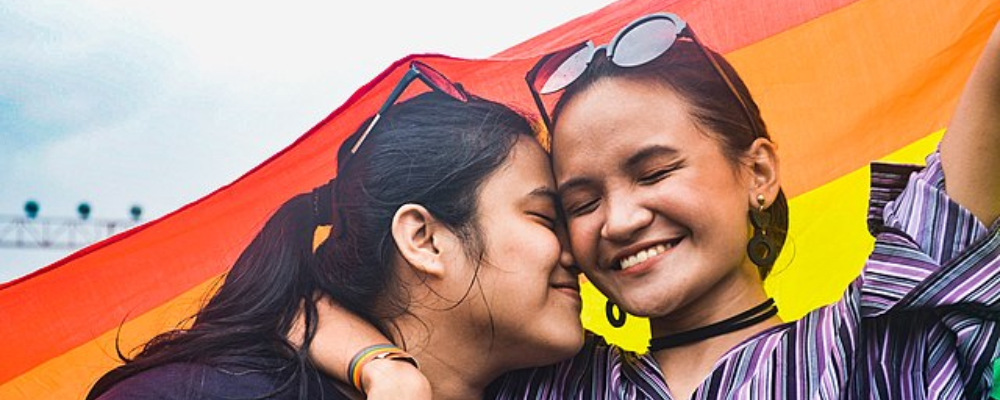
Gay, Lesbian & Bi-Sexual Australians Are Smoking & Drinking Less
Gay, lesbian and bisexual people in Australia have cut down on smoking and drinking compared to a decade ago, but the use of illicit drugs in the community is slightly up, the National Drug Strategy Household Survey 2019 has revealed. Compared to heterosexual persons, gay, lesbian, and bisexual people in Australia are more likely to smoke daily, down drinks or use inhalants, meth or cocaine, the survey says.
The findings of the survey which explores the use of tobacco, alcohol and illicit drugs by people aged 14 and over in Australia were released on Thursday. The Australian Institute of Health and Welfare surveyed around 22,000 people across the country about their alcohol, smoking and illicit drug use, and attitudes towards drugs. Of those around 3.8 % identified as gay, lesbian or bisexual. The data, however, did not capture information on people who are transgender or intersex.
“Overall, smoking and alcohol use has declined for lesbian, gay and bisexual people aged 14 and over,” Dr Gabrielle Phillips of the Australian Institute of Health and Welfare told the Star Observer. “Between 2010 and 2019, the daily smoking rate for gay, lesbian and bisexual Australians decreased from 28% to 16%, and the proportion drinking beyond the recommended guidelines, and consuming more than four standard drinks on one occasion at least once a month, fell from 45% to 38%.”
Substance use in the LGB community is higher than heterosexuals, the data says. “The National Drug Strategy Household Survey data shows that lesbian, gay and bisexual people in Australia have higher rates of substance use and mental health conditions than the heterosexual population… the results indicate that since 2010, recent use of inhalants and cocaine are increasing but use of methamphetamines has declined. These reflect the national trends and the trends for heterosexual people,” said Dr Phillips.
These are the findings of the survey with regard to the LGB communities:
- The proportion of gay, lesbian or bisexuals who smoked daily fell from 28% in 2010 to 16% in 2019.
- 18% of bisexual people smoke daily compared with 12.9% of gay or lesbian people.
- 21 % had given up smoking, while 57% of LGB people had never smoked in their lives.
- Between 2010 and 2019 LGB people who had more than four standard drinks on a single occasion at least monthly fell from 45% to 37%, those who had at least two drinks every day fell from 30% to 22%.
- 16.9% of LGB people abstained, while 10.8% consume 11 or more drinks on a single occasion at least once a month.
- LGB people who had used an illicit drug in the previous 12 months was 36% in 2010 and rose to 40% in 2019.
- 31% of LGB people had used cannabis, 10.4 % had used ecstasy, 4.8% had used methamphetamines in the previous 12 months.
- LGB people who used inhalants in the previous 12 months rose from 6.5% in 2016 to 10.3% 2019.
- LGB people who reported use of cocaine in the previous 12 months increased, from 4.4% in 2010 to 10.5% in 2019
- The use of inhalants and cocaine are increasing but use of methamphetamines had declined
When compared to heterosexuals, lesbian, gay and bisexual people were:
- 1.5 times as likely to smoke daily
- 1.5 times as likely to exceed the lifetime risk guideline to reduce the harm from drinking alcohol
- 9 times as likely to have used inhalants in the previous 12 months
- 3.9 times as likely to have used methamphetamines in the previous 12 months
- 2.6 times as likely to have used ecstasy in the previous 12 months.
What does the data say about Australia?
- 11% of Australians smoked tobacco daily in 2019, down from 12.2% in 2016 and 24% in 1991.
- 25% of people drank more than four standard drinks on a single occasion at least once a month, while 16.8% had at least two drinks daily.
- 16.4% had used illicit drugs in the previous 12 months.
The statistics can be used to inform policies with regard to the communities, according to AIHW.
“Understanding patterns of tobacco, alcohol and other drug use among lesbian, gay and bisexual people can inform effective policy development and ensure that efforts will benefit those most at risk of harm, marginalisation and discrimination. This report provides evidence based statistics to support policy and program responses,” pointed out Dr Phillips.
One of the major gaps in the survey findings are that there is no separate data available for the transgender and intersex communities. Since 2016, participants in the survey have the option of writing their gender identity, if they don’t identify as male or female.
“People who identify as transgender, intersex and gender non-conforming make up a small proportion of respondents and we are unable to report reliable data at this stage. Future research can potentially explore the substance use patterns of all LGBTQI people. We are looking at options for improving the current question on sexual orientation and broadening the response options for future reports,” said Dr Phillips. “More research is needed and further exploration of the data in the National Drug Strategy Household Survey and the inclusion of sexual orientation in other national datasets would improve understanding of this issue.”
For further information about alcohol and other drug services head to the ACON or Thorne Harbour Health websites.










Bisexual doesn’t have a hyphen. Thanks.